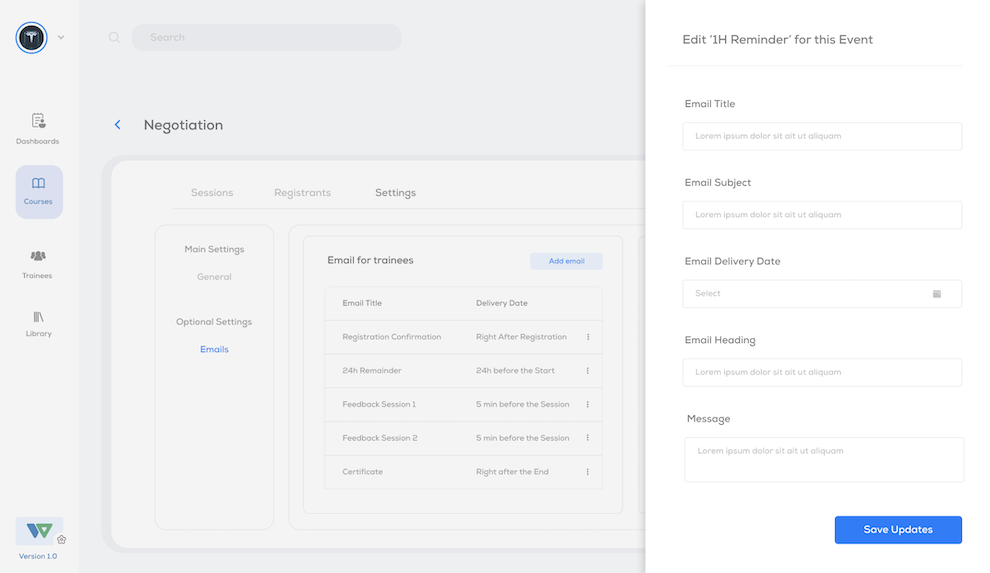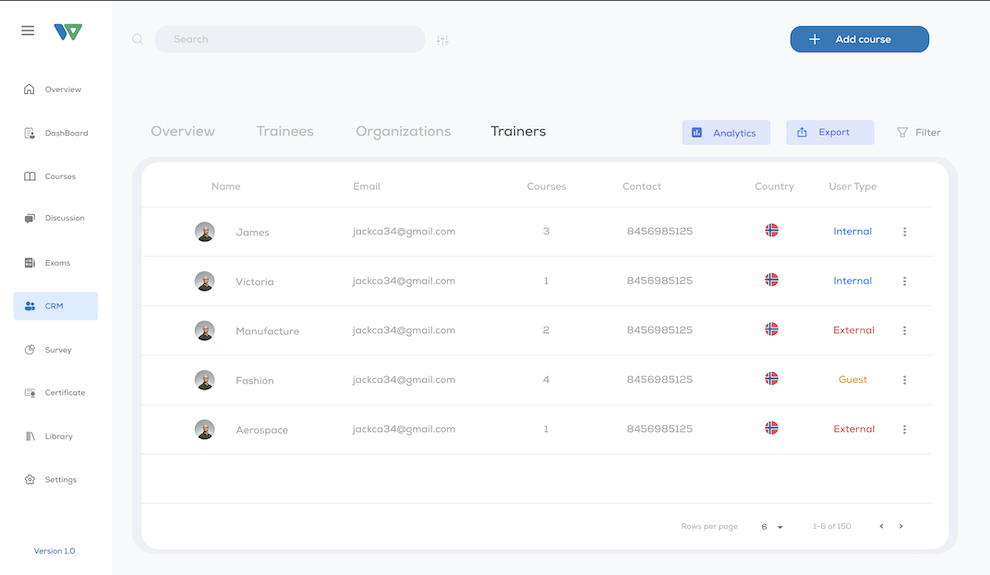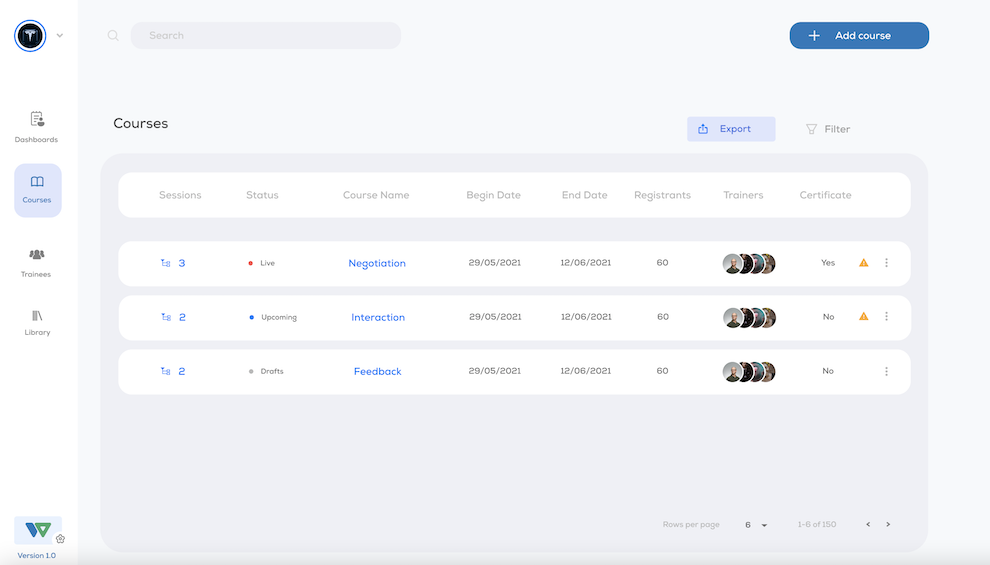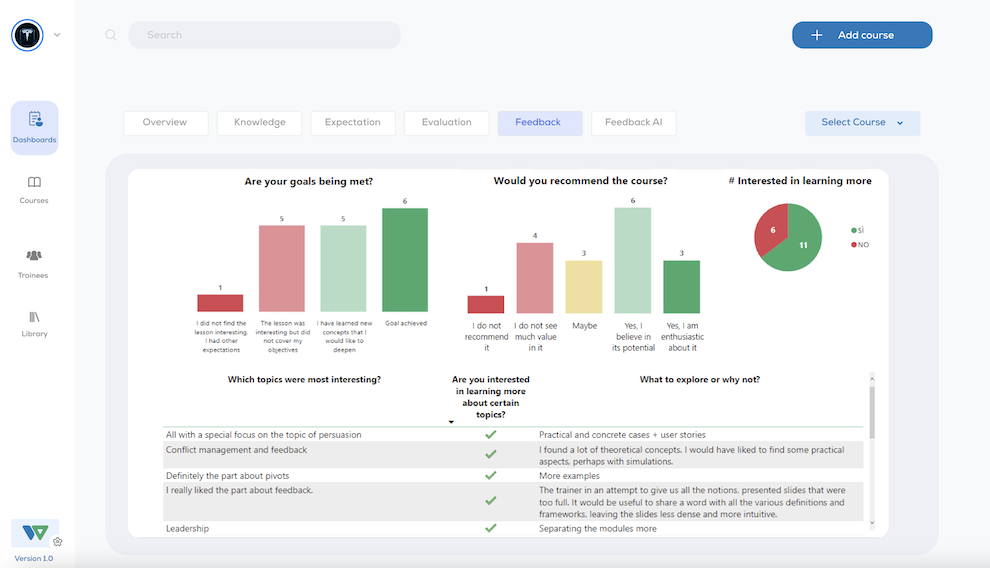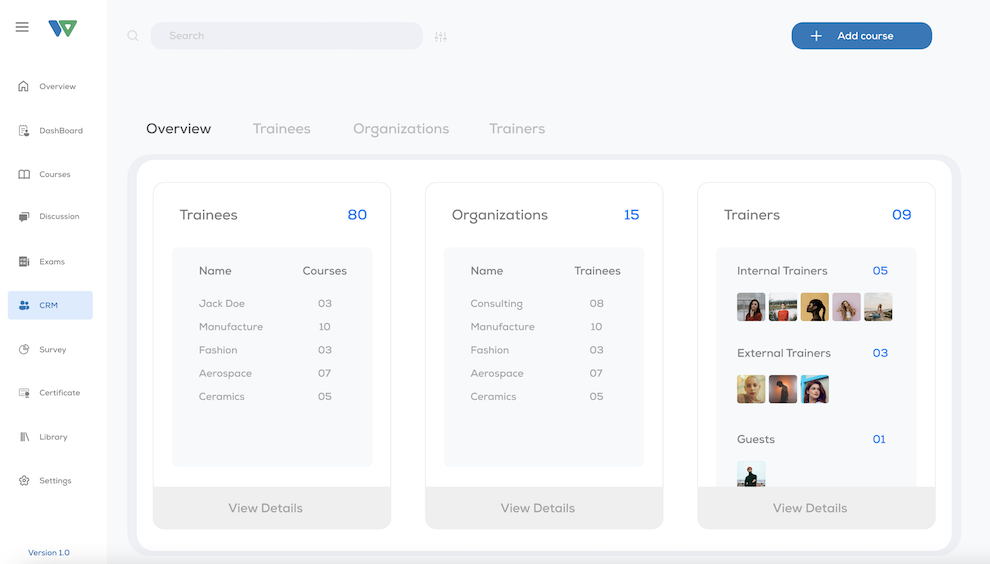Engagement and motivation: a correlation in the name of development
“Be the master of your learning”: this is the pedagogical premise that aims to counter the determinism that persists within the teaching.
If we continue to embrace summative and mathematical evaluations, what would be the aims of individual formation? Probably a goal for its own sake. But what if we try to imagine a method that encompasses challenges weighted on the individual? A method designed to empower the stimuli of the individual, to answer his/her questions, and to create a conscious learning, durable and transferable in different areas of everyday life. This is where the theme of intrinsic motivation finds its foundation. The student can’t be taken for granted, but at the same time, it is hard to pretend from him/her to act as a filter of infinite peculiarities and stimuli from the outside. Therefore, on the one hand, it is considered crucial that the student can continue his training process, motivated by a certain dynamism, having the objectives clear; on the other hand, one cannot expect a denaturalization of different educational approaches that often find their roots within the organizational culture of a single educational institution.
Let’s try to look down on the world we live in, where distances can be immense or even non-existent. We have many technological tools to exchange thoughts in real-time, but at the same time, it is not unusual not to know the name of our neighbour who lives next door. Nowadays, relations are characterized by uncertainty, the links are pragmatic and often addressed to functionality rather than quality. It is thought that individualism increases the levels of production because not giving account to others, the path to follow may seem more rapid and linear. However, if there is no “giving account to someone,” if there is no feedback if there is no relationship, what drives our motivation?
Let’s try to imagine ourselves in a classroom or behind our screen during a moment of formation as static and passive knowledge receptors. The variables that affect are numerous: you can talk about the degree of personal interest on the topics addressed, working methodologies adopted, interaction with colleagues, communicative and relational approaches between those who form and those who are trained, and many more. But returning to the initial premise: if we were not actively involved in teaching, that is if we did not collect new contents in a conscious and reasoned way, how could we realize our personality and our way of being in the world?
We cannot do without the speed that pervades our daily life; we have understood that stopping to think and reflect often contrasts systematic mechanisms that tend to finish a task rather than considering the various stages of its implementation process and all the actors involved.
Since motivational processes are shown to be primary for learning, it is precisely here that a solid relationship of engagement must be developed between the one who is formed with the new inputs, his trainer and his self inserted in his training path. The dynamism of this process and the mediation between the different parts can not do without new tools that fit into a digital perspective and take into account the differences.




